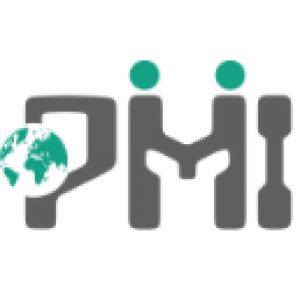Global Hereditary Angioedema Market is estimated to be US$ 6.36 billion by 2030Posted by NISHA SHAHA on November 30th, 2021 The Global Hereditary Angioedema Market accounted for US$ 2.70 billion in 2020 and is estimated to be US$ 6.36 billion by 2030 and is anticipated to register a CAGR of 8.9%. Herbal medicine (also herbalism) is that the study of pharmacognosy and therefore the use of medicinal plants, which are a basis of traditional medicine. There is limited scientific evidence for the security and efficacy of plants utilized in 21st century herbalism, which generally doesn\'t provide standards for purity or dosage. The scope of herbal medicine commonly includes fungal and bee products, also as minerals, shells and certain animal parts. Herbal medicine is additionally called phytomedicine or phytotherapy. The report “Global Hereditary Angioedema Market, By Drug Class (C1 Esterase Inhibitor, Kallikrein Inhibitor, Bradykinin Receptor, Attenuated Androgens, and Others), By Route of Administration (Subcutaneous, Intravenous, and Oral), By Distribution Channel (Hospital Pharmacies, Retail Pharmacies, and Online Pharmacies) and By Region (North America, Europe, Asia Pacific, Latin America, Middle East, and Africa) - Trends, Analysis and Forecast till 2030” Key Highlights:
Analyst View: Growing research and development activities by key players in this market, coupled with increased support by various government and healthcare regulatory bodies operating in treatment of hereditary angioedema are major factors driving growth of the market. For instance, in 2017, the U.S. Food and Drug Administration (FDA) approved CSL Behring’s Haegarda (C1-esterase inhibitor), which is indicated for routine prophylaxis to prevent hereditary angioedema attacks in adolescent and adult patients. In September 2018, Health Canadahas authorizedShire plc’s TAKHZYRO (lanadelumab injection) for prevention of hereditary angioedema (HAE) attacks in adolescents and adults 12 years of age and older. Browse 60 market data tables* and 35 figures* through 140 slides and in-depth TOC on “Global Hereditary Angioedema Market, By Drug Class (C1 Esterase Inhibitor, Kallikrein Inhibitor, Bradykinin Receptor, Attenuated Androgens, and Others), By Route of Administration (Subcutaneous, Intravenous, and Oral), By Distribution Channel (Hospital Pharmacies, Retail Pharmacies, and Online Pharmacies) and By Region (North America, Europe, Asia Pacific, Latin America, Middle East, and Africa) - Trends, Analysis and Forecast till 2030” To know the upcoming trends and insights prevalent in this market, click the link below: https://www.prophecymarketinsights.com/market_insight/Global-Hereditary-Angioedema-Market-By-42 Key Market Insights from the report: The Global Hereditary Angioedema Market accounted for US$ 2.70 billion in 2020 and is estimated to be US$ 6.36 billion by 2030 and is anticipated to register a CAGR of 8.9%. The global hereditary angioedema market has been segmented on the basis of drug class, route of administration, distribution channel, and region.
Like it? Share it!More by this author |


